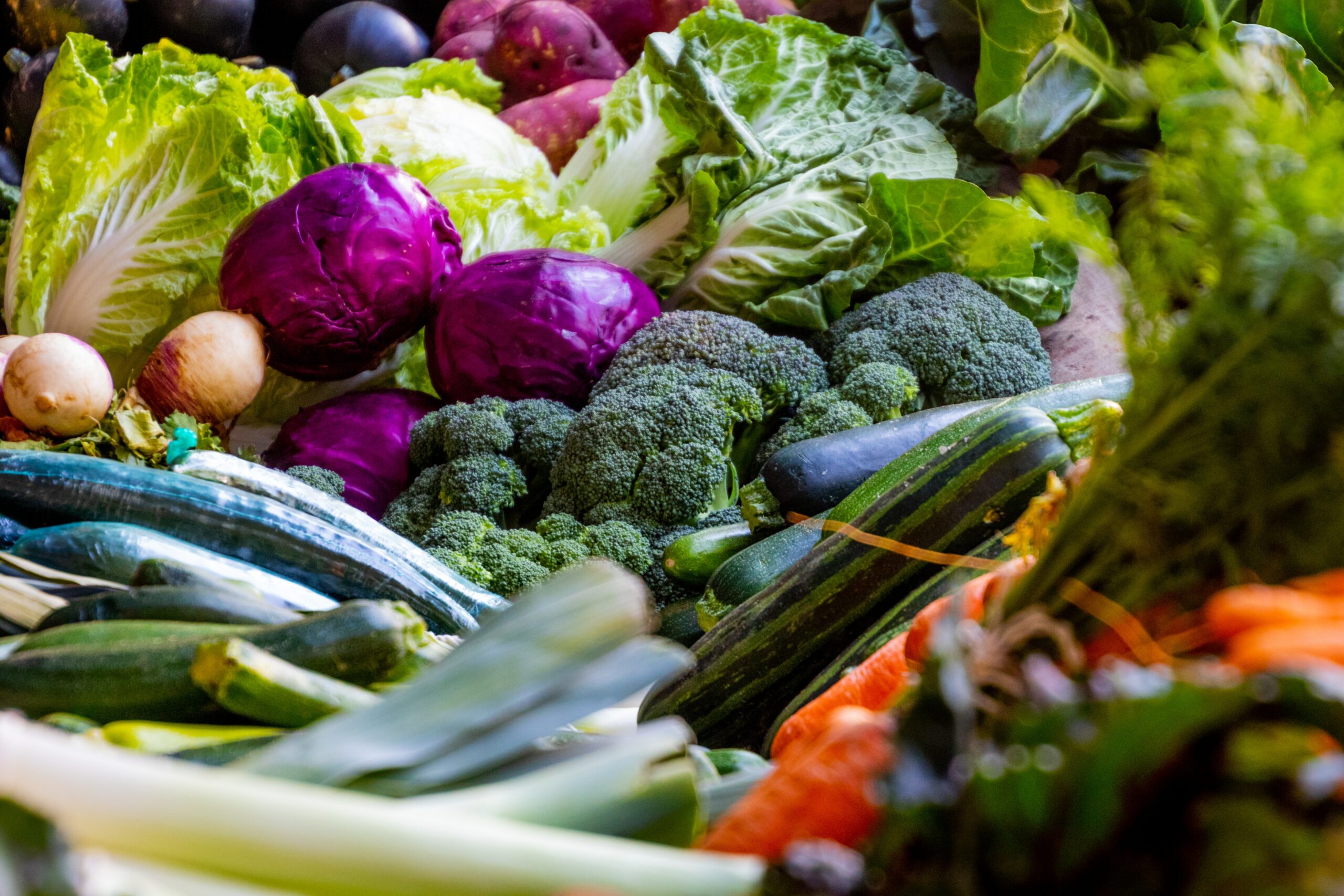Four things to consider when deciding what vegetables to grow

JACKSONVILLE, Ill. — Garden and seed catalogs have been arriving for a while now. When flipping through catalogs, it’s easy to get overwhelmed with all the choices. Unfortunately, you probably don’t have room (or time) to grow everything you see, no matter how amazing it seems. So how should you go about choosing what vegetables to grow this year?
What do I want to eat?
The first thing you need to ask yourself is: Am I (or my family) going to eat this? There’s a good chance you’re not going to be as willing to put time into caring for a crop you have no interest in eating, especially come the dog days of August. Instead, focus on growing crops that you (and/or your family) will eat. If you don’t like tomatoes, don’t feel like you need to grow them because everyone else in the neighborhood is.
What am I going to do with it?
A second thing to consider is what you will do with the vegetables you are growing. How you plan to eat and process your vegetables can impact what type or variety you choose. For example, if you want to make tomato sauce, try growing roma/paste tomatoes instead of slicing tomatoes. Roma/paste tomatoes have far less liquid, so you won’t need to cook sauces down as long.
Peas are another good example of different varieties being used in different ways. If you want to grow peas, think about how you will use them.
- English/Garden peas – the pods of these peas aren’t eaten. The seeds (peas) are allowed to develop and are removed from the pods before being eaten.
- Snow peas – have flat edible pods and are harvested while the pods are still tender and before the seeds start to fill out (often used in stir-fry).
- Sugar snap peas – are a cross between English and snow peas. Like English peas, the seeds are allowed to develop before picking. However, their pods are edible. They are crip and sweet, so they don’t need to be shelled (often eaten raw).
How much space do I have?
When selecting vegetables for your garden, the amount of space you have to grow is something you should keep in mind. Many popular garden crops such as peas, green beans, cucumbers, and melons grow as vines. They can take up a considerable amount of space in the garden. Trellising these plants can shift growth vertically instead of horizontally and will free up space in your garden.
There are also ‘bush’ varieties of many of these vining crops. For example, butterbush is a bush-type butternut squash. It only produces 3-6 foot long vines instead of 10+ foot vines of ‘normal’ types. Cal Sweet Bush is a bush-type watermelon that only grows 14-18 inches long and can even be grown in a pot!
Indeterminate tomatoes can also take up a lot of room and require trellising or support. If you have limited space or are growing in pots, look at determinate-type plants.
Disease resistance
Plant diseases are a fact of life and can wreak havoc on your plants when conditions are right. When selecting what to grow, look for disease-resistant cultivars, especially if you’re new to vegetable gardening or have had disease issues in the past.
It’s important to note that just because a cultivar is resistant to a particular disease, it doesn’t mean it’s immune. Even a resistant variety will show symptoms when conditions are highly favorable for a particular disease.
Miss Clipping Out Stories to Save for Later?
Click the Purchase Story button below to order a print of this story. We will print it for you on matte photo paper to keep forever.

